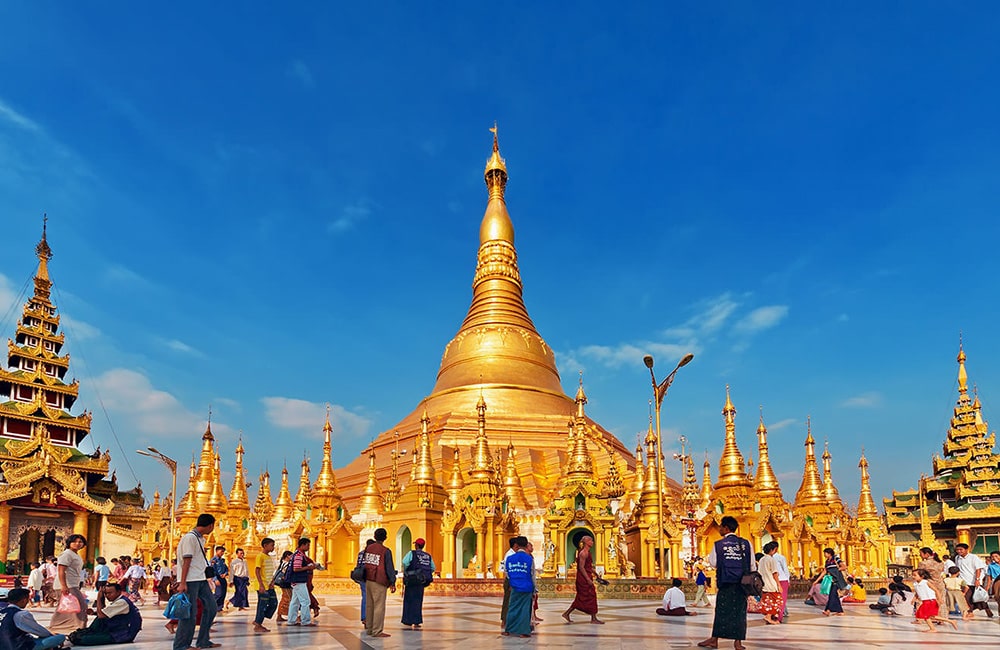

“The fascist military wants to prove that no one is safe, and no one will be spared, even the innocent children,” he said, calling on the international community to impose a global arms embargo on Myanmar. A 13-year-old was among those killed Saturday, and a 7-year-old was shot dead in Mandalay on Tuesday. Kyaw Win, director of the Burma Human Rights Network, said the military is increasingly targeting young children and those not participating in the protests. Min Aung Hlaing again pledged to hold new elections, this after the military refused to recognize the results of November’s national polls, which delivered another landslide victory to Suu Kyi’s National League for Democracy party. “The army seeks to join hands with the entire nation to safeguard democracy,” he said. Min Aung Hlaing, justified the crackdown as a bid to protect the country. Many believed the junta wanted to quell the national protest movement by Armed Forces Day, which commemorates armed resistance against the Japanese during World War II.ĭuring a televised address Saturday, the junta’s leader, Senior Gen. Rumors had abounded that the military would launch a major offensive Saturday. “Eight police and two soldiers got out and shot one of the male protesters in the head right in front of me without warning,” said the protester, who also declined to give his name. with nearly 500 others.Īt 4:30 p.m., he said, a police vehicle came toward the demonstrators. One protester who was unable to escape was seen being beaten while in police custody.Ī protest organizer in Yangon’s Hlaing township said he took to the streets at around 7:30 a.m. The clashes continued throughout the day in Sanchaung, with protesters shouting slogans and then fleeing as security forces came closer. “I could hear them shouting, ‘Come out now if you dare. It may mean pushing millions into poverty.Īs the protesters scattered and took shelter, she said, she could hear the soldiers taunting them. Protesters say labor strikes and civil disobedience are the only ways to dislodge the military dictatorship in Myanmar.

How Myanmar is tumbling toward a ‘failed state’ Violence began early Saturday in Yangon, also known as Rangoon, when security forces opened fire on protesters demonstrating in front of a police station in Dala township, killing at least four, according to local media reports. The military, known as the Tatmadaw, views itself as guardian of Myanmar’s sovereignty and will probably continue slaughtering civilians because the majority of the country will not accept its rule. In less than two months, the Southeast Asian nation of 54 million has transformed from a weak, but budding, democracy to a killing field reminiscent of the nearly five decades of military dictatorship that preceded political reforms in 2011. The scenes of wanton violence against protesters demanding the release of democratically elected civilian leaders Aung San Suu Kyi and Win Myint raise the pressure on the international community to act as the crisis pushes Myanmar toward civil war. At least 440 civilians have been killed in total. 1 was believed to be 90 on March 14, according to rights group Assistance Assn. The bloodletting comes one day after the junta warned protesters were “in danger of getting shot to the head and back.” Previously, the highest death toll in a single day since the coup took place Feb.


 0 kommentar(er)
0 kommentar(er)
